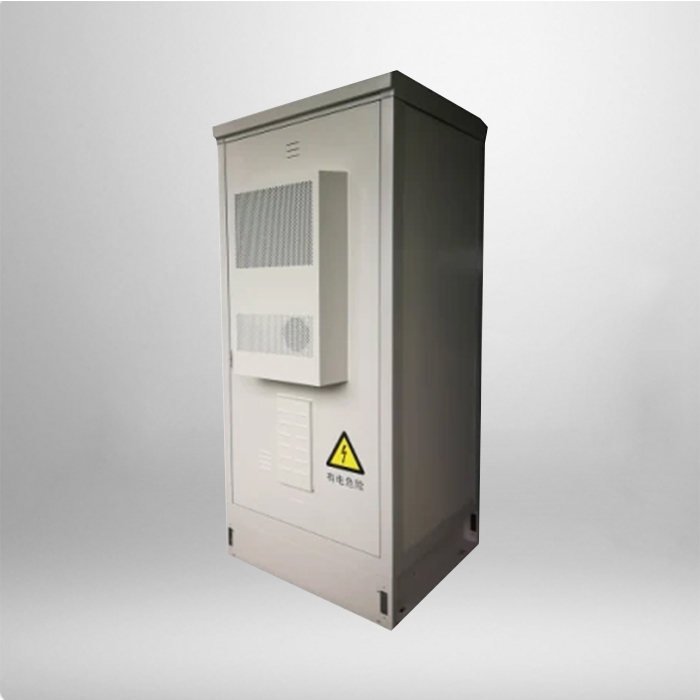Outdoor telecom cabinets serve as critical hubs for telecommunications networks, housing essential equipment like routers, switches, power supplies, and fiber optic connections in external environments. Unlike indoor enclosures, these cabinets are engineered to withstand harsh weather, temperature fluctuations, and physical challenges while protecting sensitive technology. Their design balances durability, accessibility, and performance, making them indispensable for extending network coverage to rural, urban, and remote areas.
A defining feature of outdoor telecom cabinets is their environmental resilience. Constructed from robust materials such as galvanized steel, aluminum alloy, or fiberglass-reinforced plastic (FRP), they resist corrosion, rust, and impact damage. Weatherproofing is a key priority: sealed seams, waterproof gaskets, and IP (Ingress Protection) ratings ranging from IP55 to IP67 prevent water, dust, and debris from entering the enclosure. This safeguards internal components from moisture-related failures, which are a leading cause of network downtime. Additionally, cabinets often include thermal management systems—such as heat sinks, fans, or air conditioning units—to regulate internal temperatures, ensuring equipment operates within safe ranges (typically -40°C to 65°C) even in extreme heat or cold.

Security is another critical consideration in outdoor telecom cabinet design. Unauthorized access to network equipment can lead to service disruptions or data breaches, so cabinets are equipped with robust locking mechanisms, reinforced doors, and tamper-proof fasteners. Some models also integrate alarm systems or remote monitoring capabilities, allowing network operators to detect breaches or unusual activity in real time. This level of security ensures the integrity of critical infrastructure, whether the cabinet is installed in a busy urban street, a remote rural area, or a industrial zone.
The versatility of outdoor telecom cabinets is reflected in their customizable configurations. They come in various sizes—from compact wall-mounted units for small-scale deployments to large freestanding enclosures for regional network hubs. Internal layouts are designed to accommodate different equipment types, with adjustable shelves, cable management systems, and power distribution units. This flexibility allows network operators to tailor cabinets to specific project needs, whether deploying 5G small cells in urban areas, expanding broadband access in rural communities, or supporting industrial IoT (Internet of Things) applications.
Outdoor telecom cabinets play a vital role in supporting modern communication networks. In urban environments, they enable the deployment of 5G infrastructure, providing the dense network coverage required for high-speed data transmission, smart city applications, and public Wi-Fi. In rural areas, they serve as remote hubs, extending broadband access to underserved communities and bridging the digital divide. They are also essential in industrial settings, housing equipment for factory automation, remote monitoring, and critical communication systems. Additionally, they support emergency services by ensuring reliable connectivity for first responders, even in harsh weather conditions.
Key considerations when selecting an outdoor telecom cabinet include material durability, which depends on the installation environment (e.g., coastal areas may require corrosion-resistant materials like aluminum or FRP). Thermal management capacity must match the local climate—hot regions may need active cooling systems, while cold areas may require heaters to prevent equipment freezing. Size and capacity should align with the intended equipment load, with room for future expansion. Compliance with industry standards, such as IEEE or ETSI, ensures compatibility with network equipment and adherence to safety and performance guidelines.


